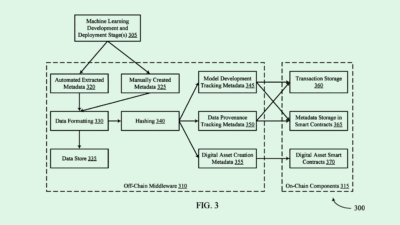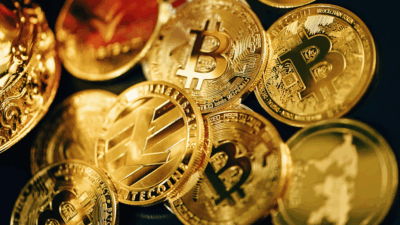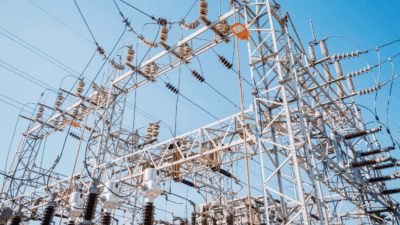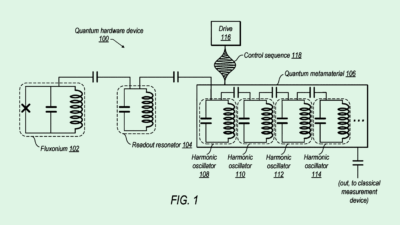China Places Export Bans on Raw Materials to US In Trade War Reprisal
Beijing’s move came swiftly in response to the White House’s decision to slap new curbs on exports of vital chip components to China.
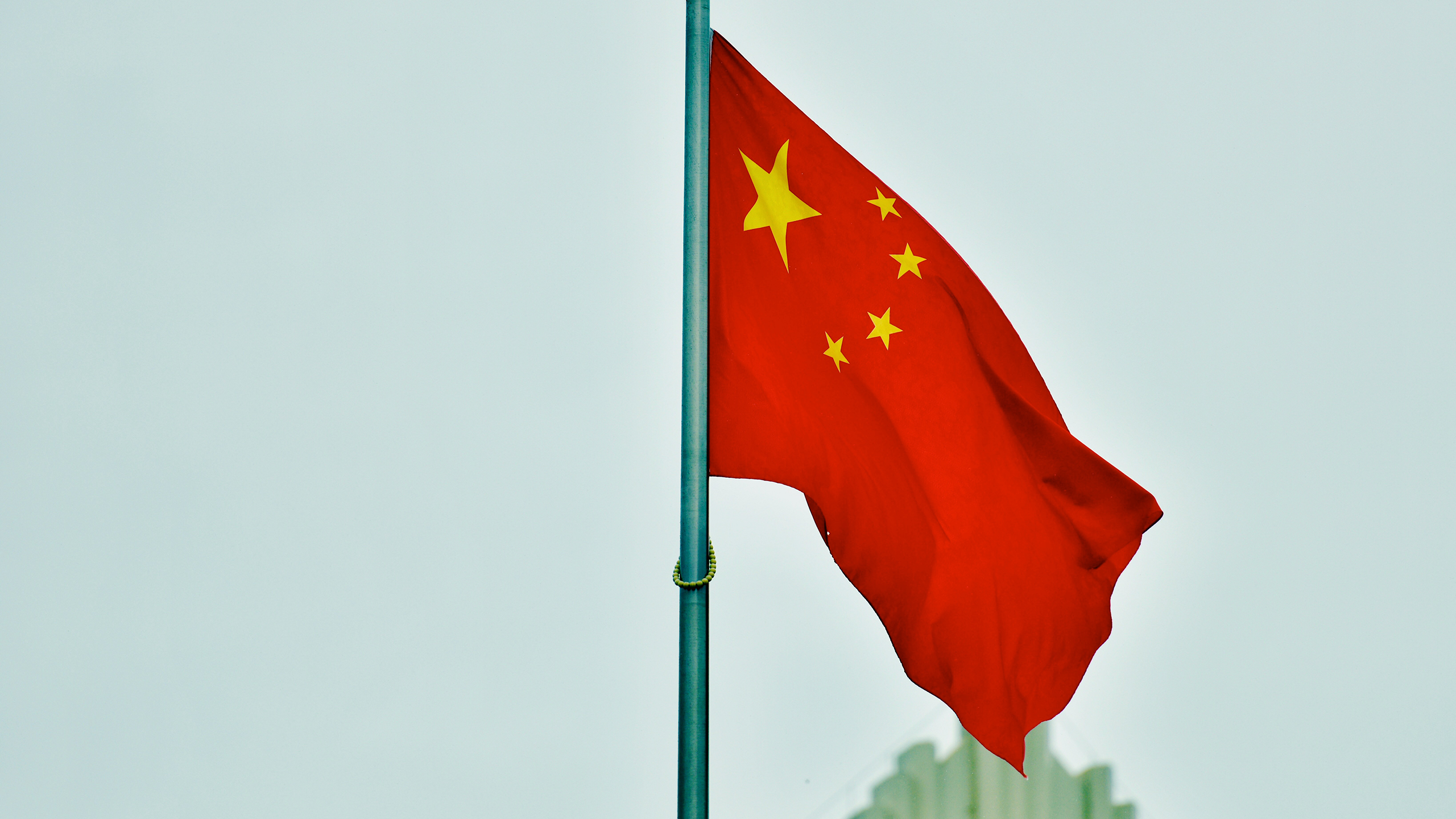
Sign up for smart news, insights, and analysis on the biggest financial stories of the day.
The element gallium is named for the Latin Gallia, the region where you’ll find modern France. The element germanium is named for the Latin Germania, which requires no explanation unless you need to enroll in a geography class.
These two high-tech elements — along with antimony and other hard materials — were weaponized on Tuesday in the latest escalation of the Sino-American trade war. China said it will ban exports of each to the United States. The impact, so far, is mostly symbolic.
Out of Their Elements
Beijing’s move came swiftly in response to the White House’s decision to slap new curbs on exports of vital components for chips and AI accelerators to China. The Biden administration said it would stall China’s military from developing advanced semiconductors and artificial intelligence systems. China similarly justified the retaliatory tariffs by citing national security.
Prashant Garg, an economist and visiting researcher at the International Finance Corporation and University of Cambridge, tweeted that gallium in particular is “central to countless downstream industries,” from aircraft parts to lasers, satellites, welding machinery, and telecommunications. Last year, virtually all of the US gallium supply was imported, while roughly 50% of the germanium supply came from abroad, according to the United States Geological Survey, with China listed as one of the leading sources of both. The best read of the situation so far might be small but not insignificant blowback:
- A report by the Geological Survey published earlier this year estimated a Chinese export ban on gallium and germanium would cause the US gross domestic product to fall by a range of $1.7 billion to $9 billion. That’s pretty infinitesimal compared with America’s $27 trillion GDP.
- But the broad semiconductor manufacturing industry would bear 40% of the net loss, not to mention dealing with an estimated 150% rise in gallium prices and 26% rise in germanium prices, the Geological Survey said.
Markets responded, accordingly, with an initial yawn. The iShares Semiconductor ETF was muted during trading hours Tuesday, falling half of a percentage point, and rising a little more than half a point during the after-hours session.
Already Ready: China already placed export limits on strategically important materials, including gallium and germanium, last year, which means US companies have started sourcing elsewhere. In fact, Chinese customs data shows no reported exports of gallium and germanium to America in 2024 — although, since the restrictions were announced, gallium prices have risen 80% and germanium prices have doubled, showing export bans can still impact the US market.





